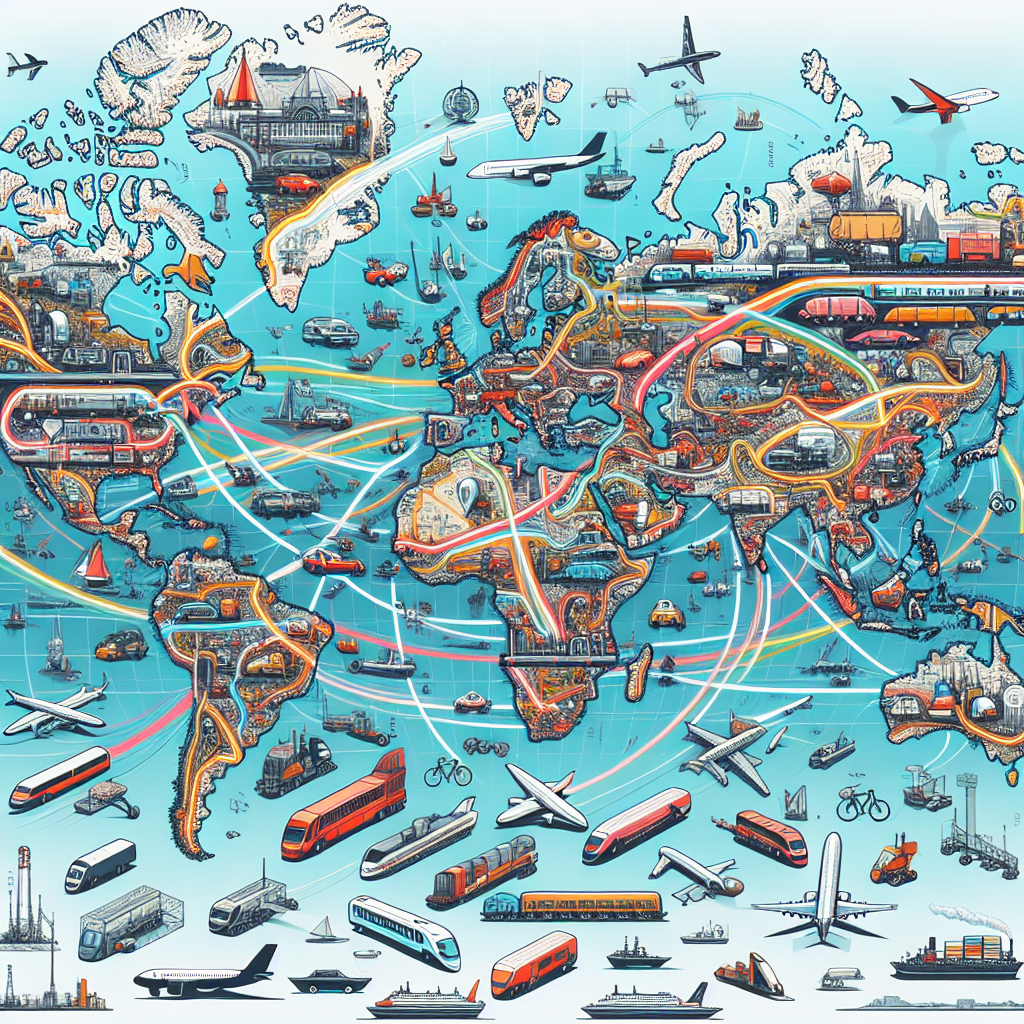Have you ever contemplated how the decisions made during an international transportation summit can influence your health? Welcome to ‘The Hidden Story of Global Summit Produces Results’, where we take a deep dive into this often overlooked correlation.
The digital revolution in transport represents both challenges and opportunities for healthcare delivery. Let’s explore how these changes might affect us all.
Health Issue Overview
Inefficient transportation systems pose risks to public health, from pollution-related diseases to traffic-induced stress disorders. The recent global summit has laid out strategies that could mitigate these issues.
Medical Background
Prolonged exposure to vehicle emissions contributes to respiratory diseases while sedentary commuting habits are linked with obesity and heart conditions. Mitigation strategies include pushing towards electric vehicles (EVs) and bikes-sharing initiatives as part of urban planning revisions.
Patient Stories
We heard stories from several delegates representing various constituencies who shared personal experiences of constituents whose medical conditions were directly linked with local transport inefficiencies–engaged governments now pledge action.
Treatment Options
Beyond medical treatments, policymakers emphasize prevention through creating healthier socio-ecological environments, integrating EVs, promoting active travel modes and reducing commute times by optimizing public transit systems.
Healthcare System
The healthcare system itself is impacted by transportation policies; the availability of efficient logistics can improve access to care particularly in rural or underfunded areas where ambulatory services are understaffed or poorly equipped.
Research Developments
A positive outcome from the summit was the commitment to fund research into sustainable transportation solutions. This includes studies into zero-emission public transport, autonomous ambulances, and AI traffic management systems that reduce rush hour congestion.
Prevention Strategies
The summit’s proposed strategies range from green city planning, incentivizing non-motorized transport, reducing car dependency to encouraging walking or cycling based initiatives in urban designs.
Support Resources
National governments have pledged support for local communities to make necessary adaptations through funding and resources. New apps will provide information about alternative mobility modes and air quality indices.
Future Outlook
If implemented diligently, these measures promise a healthier future where clean air is not a luxury but a right. A world where commutes are less stressful due to smarter traffic algorithms, potentially leading to lower incidences of hypertension and stress-related disorders
Taking Action
Beyond policy-making, individual action also counts! Support policies that promote greener cities and healthier lifestyles by voting with your actions: choose public transit over private cars when possible; opt for biking or walking instead.


